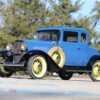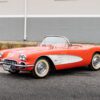The most unusual “rebuts”: modern incarnations of the classics.
Sometimes iconic models of the past make a comeback. Sometimes they are as much inspiration and engineering work as the desire to monetize a rich heritage. But it also happens that outside enthusiasts get down to business without waiting for the automakers to move.
The term “reboot” is mainly used by moviegoers and means the restart of a film franchise. It is always a game on the loyalty of the viewer to their favorite characters and a certain guarantee of box office receipts. However, there are good examples (like “Spider-Man” with Tom Holland) and bad ones. For example, does anyone remember the 2014 movie Robocop?
And although our topic is not cinema, cars, we will also talk about restarts. There are many examples. You yourself have probably managed to remember the Dodge Challenger and Alpine 110. We will tell you about more exotic projects of automotive enthusiasts. And this is where the parallels with cinema end: the seven cars below can be compared to a festival arthouse, but they definitely won’t be called low-budget.
Lancia Stratos HF and MAT New Stratos
Lancia Stratos is a legendary car. The mid-engined sports car, tipped by the likes of Marcello Gandini and Gianpaolo Dallara, is considered the first car built from scratch to compete in a rally. His story began with the wedge-shaped concept Stratos Zero, the design of which even impressed Michael Jackson. So much so that in his movie “Moonwalker” the king of pop turned into this car himself! And the general public received the car more than warmly.
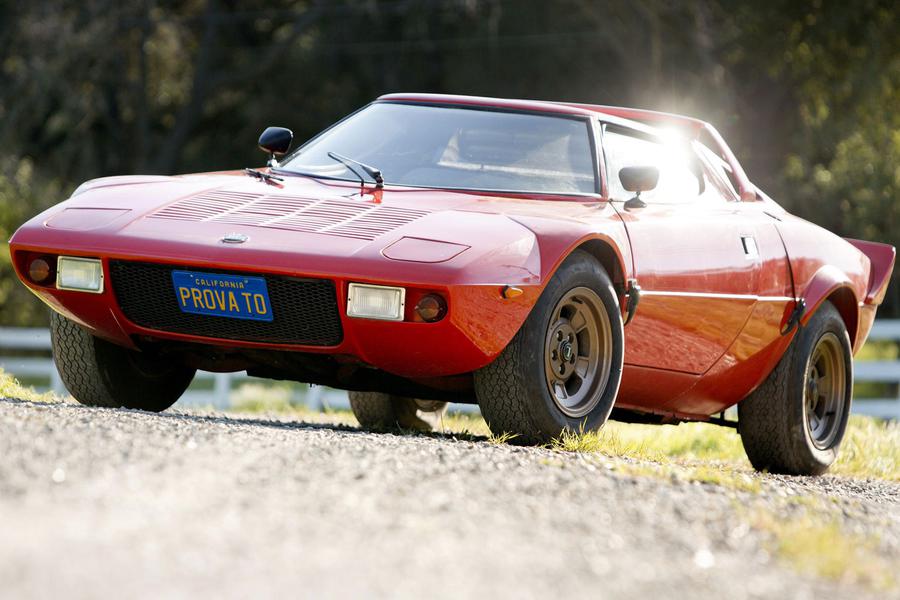
The production version was a matter of time, and the prototype of the Stratos HF in a much more familiar design was shown in 1971. V6 from Ferrari Dino and famous “parents” provided the car with a bright future. While other manufacturers were forced to tweak production cars for racing, Lancia won a technical victory. Titles poured in one after another until the rally teams Lancia and Fiat merged in 1977. Fiat’s marketers decided that it would be much more profitable for them to put the modified model 131 to the race than the unusual brainchild of Lancia. It all ended with the fact that five hundred released Stratos of varying degrees of grooming scattered across the garages of collectors and sometimes surface at auctions.
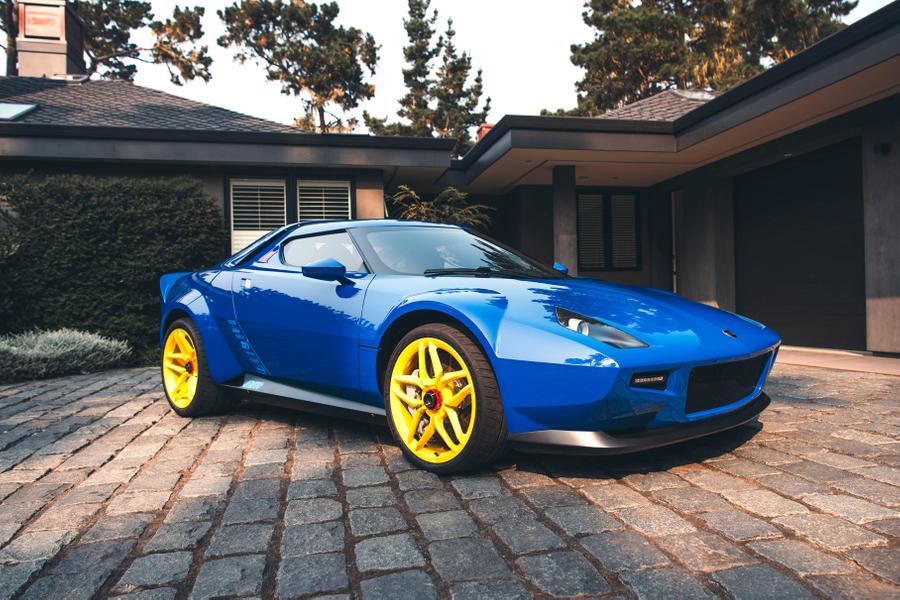
However, if this was the end of the car’s history, then it would not be included in this collection. In 2010, Michael Stoschek, owner of the German automotive components company Brose Group, and Paolo Garelle, then head of Pininfarina’s special projects division, showed a new vision for Stratos, with the laconic name New Stratos. Under the carbon, the body is Ferrari units again, but this time the donor is the F430 Scuderia model. Luca di Montezemolo, then director of Ferrari, praised the car very highly. But he still refused to supply units for 25 cars planned for construction. The few Stratos that Stoschek managed to build now and then pop up in various stories. For example, in episode 12 of the third season of The Grand Tour, Jeremy Clarkson rode one of the copies, and the first New Stratos, painted in Alitalia livery, put up for auction in January 2020. And in 2018, Manifattura Automobili Torino, known for its work on the Aspark Owl and Apollo IE, acquired a sports car license from Pininfarina. The units are still the same, but now the client himself has to provide the craftsmen from the MAT with the supported F430. Both an off-road version of Safari and a ready-to-run racing prototype were promised, but the manufacturer’s website does not provide information on the finished cars. Maybe the idea of returning the legendary rally car has not found its fans?
Lancia Delta and Lancia Delta Futurista
This pair is another argument for Lancia to ditch the facelifted Chryslers and revive the legendary models before someone else does.
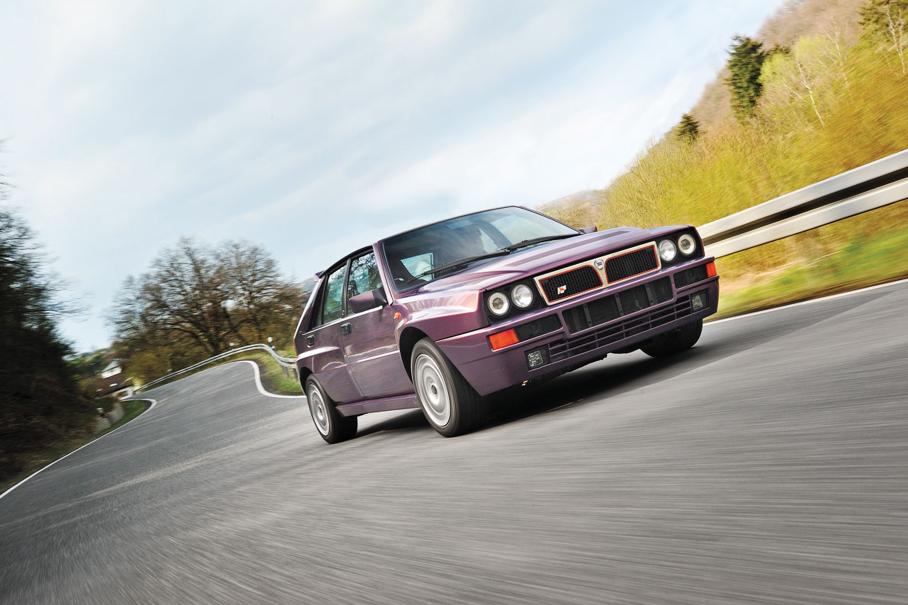
The design of the Delta model belongs to the pen of the great designer Giorgetto Giugiaro, who had finished work on the Volkswagen Golf a couple of years before. But if the German was expected to dominate the market, then the Italian was destined for a much more interesting fate. For six years, the chopped hatchback dominated the world rally championship. At the same time, both the initial Lancia Delta HF 4WD and the crazy Delta S4, created for group B races and having a 480 horsepower engine, were successful.
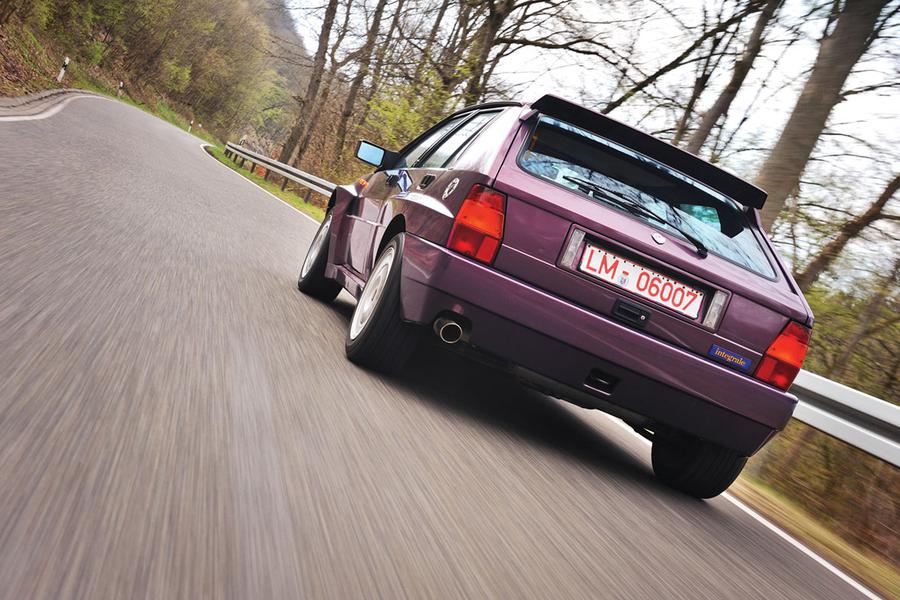
The first Delta took all the accolades from automotive enthusiasts. Neither the second generation based on the Fiat Tipo platform nor the third, rooted in the Fiat Bravo, has earned the same racing glory. Racer Eugenio Amos conceived to correct the historical “wrong turn”, and in 2018 he released the reborn Delta with a beautiful prefix to the name – Delta Futurista.

Yes, unlike the New Stratos built from scratch, the Delta Futurista is a solid rework of the original Delta Integrale. But how thorough! The body panels are redesigned, some of the aluminum, and some of the carbon. The rear doors are now absent, the optics are LED, and the cabin flaunts Recaro buckets. There was no stone unturned under the body either: the transmission and suspension were reinforced, the brake discs grew in size, and the engine develops 333 horsepower. And as a nice reference, the Futurista dashboard migrated from the original hatchback.
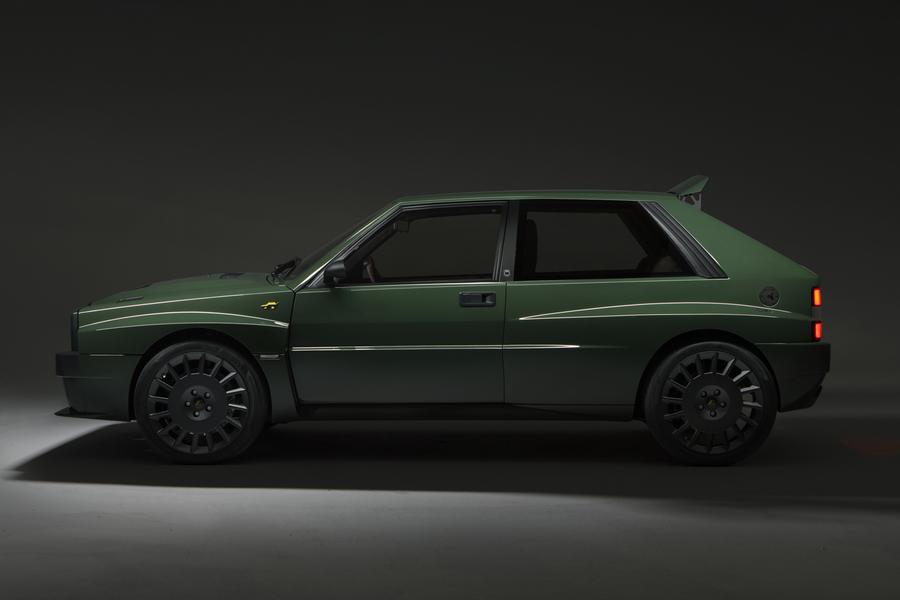
Amos intends to sell only 20 of these cars, and each of them will cost at least 300 thousand euros. The first buyer already exists – it was Rob Dickinson, the founder of the famous Singer Vehicle Design auto shop. What could be a great compliment?
Alfa Romeo Giulia TZ2 and Zagato TZ3
Alfa Romeo is another Italian brand with a great racing history. But, unlike Lancia, the Milan brand is still no stranger to chicanes and curbs: the Alpha team is present in Formula 1 (created in 2019 based on Sauber), and a couple of Giulia GTA and GTAm are preparing for a battle with other super sedans at the Nurburgring …

But the story of the TZ2 and TZ3 would be incomplete without mentioning the body shop Zagato. It is located right next to Alpha’s headquarters. The range of automakers with a Z-badge is quite wide: Alfa Romeo, Lamborghini, Ferrari, BMW, Aston Martin, and even Volvo. However, the relationship between Zagato and Alpha was the warmest.

The letters TZ are short for Tubolare Zagato (Tubular Zagato), which directly hints at the roll cage hidden under the aluminum (TZ1) or fiberglass (TZ2) body. The first TZ appeared in 1963, and if the TZ1 had road and racing modifications, then the TZ2 was only racing. The TZ2 is the most highly regarded: only 12 cars were built, and its four-cylinder engine developed 170 horsepower, which accelerated the 620-kilogram coupe to 245 kilometers per hour. For the sixties, this is a very serious indicator.
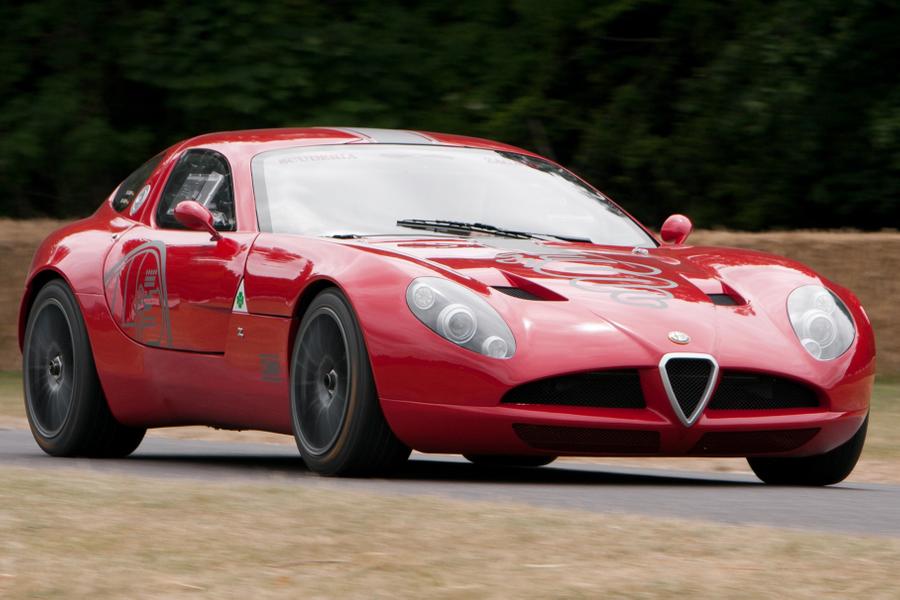
If the first and second TZ were separated by several years, then the appearance of the third had to wait until 2010. The Zagato TZ3 Corsa was built to celebrate the centenary of Alfa Romeo and this “love gift” immediately won a prize at the Elegance Competition in Italy. It was built on the Alfa Romeo 8C Competitzione platform, but the coupe came out almost twice as light as the donor: the TZ3 Corsa weighs 850 kg, while the 8C weighs a little more than one and a half tons. An Italian V8, a sequential gearbox – all that distinguished the TZ3 Corsa …

A total of 9 built
… and none of this was on the TZ3 Stradale. The small-batch coupe, which debuted in 2011, impressed with its technical part: the 8C units were replaced by the Dodge Viper ACR base, and instead of eight Milanese cylinders under the hood, an 8.4-liter American V10 was bubbling! The appearance of the car has also changed, and one could not even dream of its former lightness: the mass of the rarity that changed the platform grew to 1,450 kilograms. Instead of the sequential gearbox – six-speed “mechanics” Tremec. However, all this did not stop Zagato from selling out the TZ3 Stradale in the number of nine copies, some of which still appear at auctions.
Porsche 911 GT2 (993) and Gunther Werks 400R
The Porshe 911 is a car that is almost impossible not to include in any list of the outstanding sports cars of our time. But today’s visitor is a true gem for connoisseurs of the German school of automobile construction: the 911 GT2 in the 993rd body is the most advanced air-cooled Porsche ever. And he is also one of a handful of cars called the “widowmaker” for his unforgiving attitude to driving errors. What else can you expect from a car that was essentially a Turbo version without an all-wheel-drive? It was this GT2 that laid the foundation for the “most” versions of the “nine hundred and eleventh”.
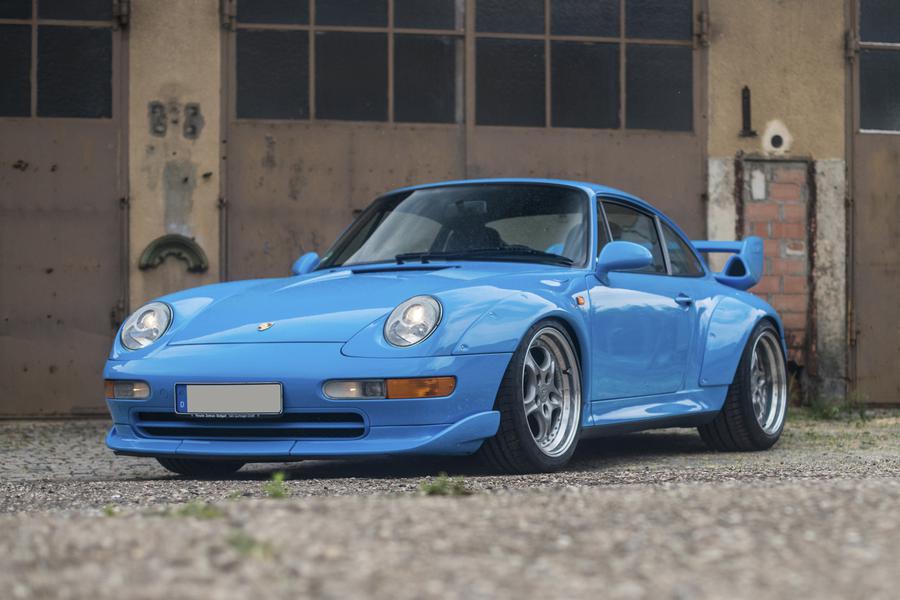
The difference from the 911 Turbo was not only the mono drive. Lightweight wheels, no rear seats and unnecessary wiring, thinner glass … All this, coupled with a return of 430 horsepower and 540 Nm of torque, helped the GT2 accelerate to the first “hundred” a little faster than four and a half seconds and approach the mark 300 kilometers per hour. Not bad for a mid-nineties car?
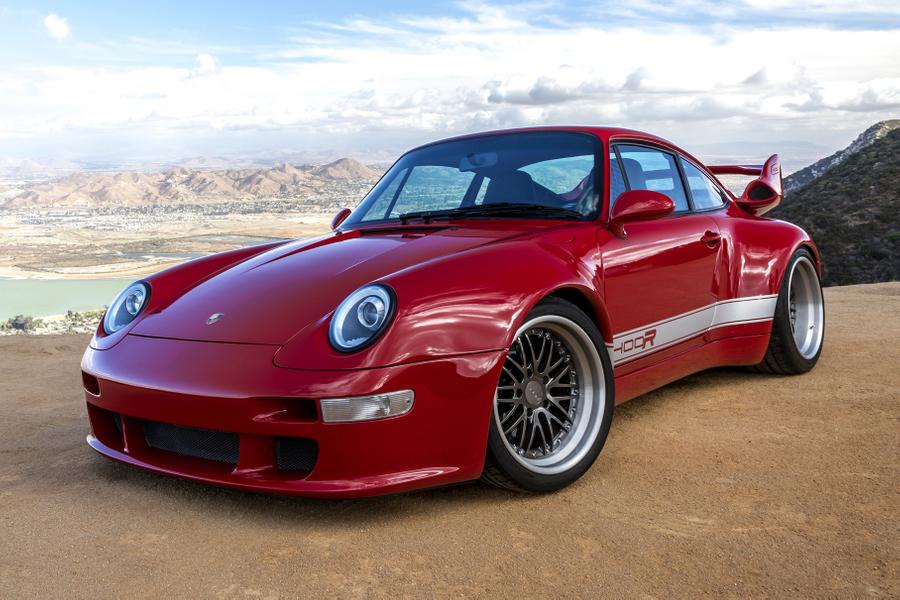
Gunther Werks, a subsidiary of California-based Vorsteiner, seems to feel the same way. If you have any version of the 993 generation Porsche 911 and at least $ 600K, you can get their main creation called 400R. The company’s craftsmen will take a sports car and replace all the old body panels with carbon fiber, the volume of the atmospheric “six” will be increased to four liters and a good part of the cabin will be disposed of, filling it with high-quality leather and carbon fiber. The lighting equipment is its own, LED, the rims are also their own, and the transformed body has grown significantly in width. The result of this metamorphosis is a 1214-kilogram coupe with a return of just over 400 horsepower and 447 Nm, which is just a little short of the inspiration object – the turbocharged 911 GT2. But Brembo brakes and a heavily redesigned suspension make it clear that the 400R is not a resto-mod, but a rethink of how much you can get from a 993 body. A total of 25 units are planned, but the company is working on a new 400R in the back of a speedster. It looks like the wait is worth it.
DeTomaso Pantera and Ares Panther
The history of the De Tomaso brand is full of ups and downs. In his prime, Alessandro de Tomaso, the brand’s founder, owned brands such as Ghia and Maserati. De Tomaso employs former Ferrari and Lamborghini employees, and the main hit – the Pantera coupe – was a real long-liver: it was produced from 1970 to 1991. So what helped the nowadays not-so-famous brand to sell more than 7,200 mid-engined coupes?
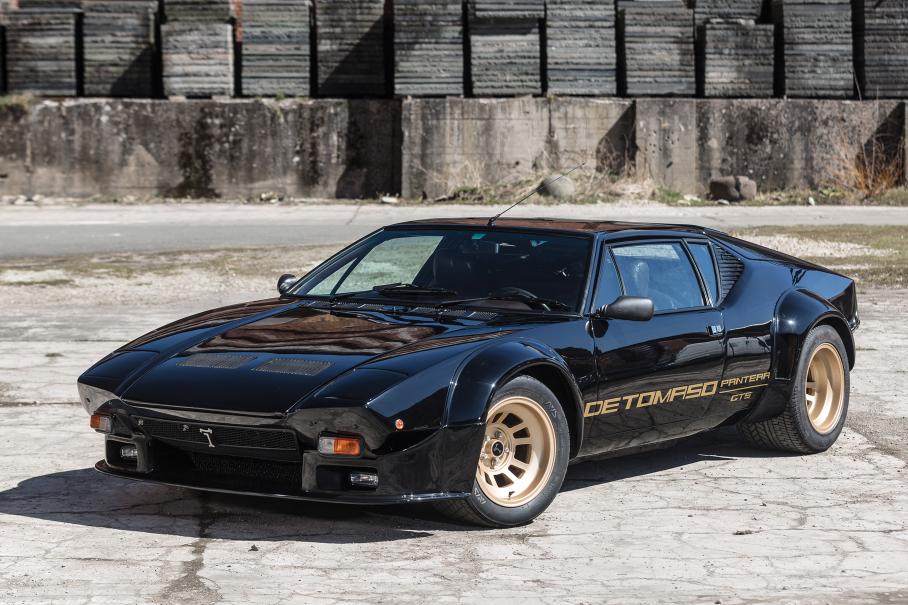
First, the design. The appearance of the Panther belongs to the pen of the American designer Tom Tjarda, who during his life managed to work on a variety of projects, from the futuristic Aston Martin Lagonda to the first generations of the Fiat 124 Spider and Ford Fiesta. Secondly, the power plant: under the wedge-shaped body with chopped shapes hid a Ford V8 with a volume of 5.8 liters and a capacity of 330 horsepower. In general, both the Pantera and other De Tomaso models were equipped with American engines – Alessandro de Tomaso’s acquaintance with Carroll Shelby and cooperation with Ford helped the Italian brand more than once. Of course, this did not save the Panther from problems – the build quality was lame, and the ZF gearbox was noisy almost louder than the engine, but the fact remains that it was this coupe that became the hallmark of De Tomaso.
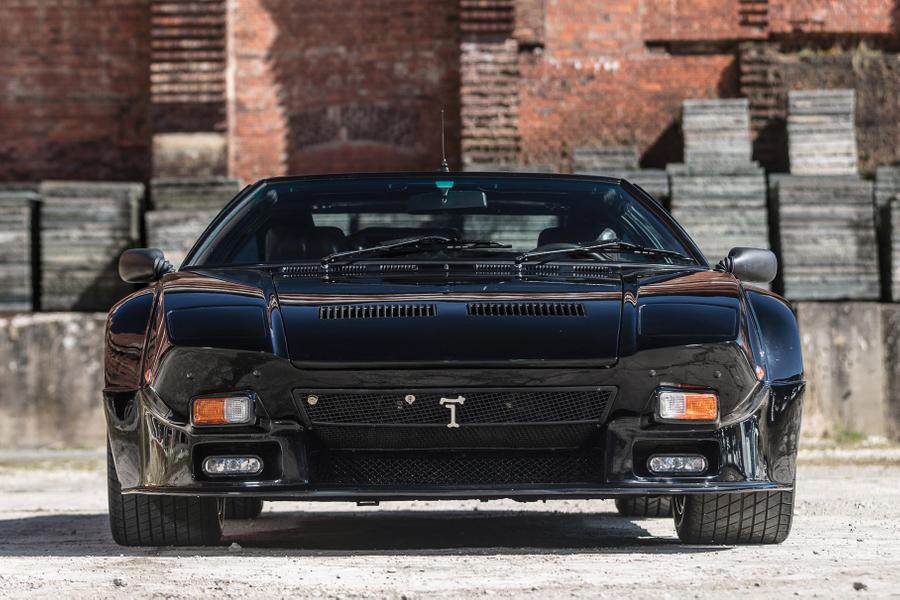
But all good things come to an end. In 2000, the founder of the brand suffered a stroke, and Bruce Kavali, one of the company’s partners, received the rights to the brand. Zero was a troubled time for De Tomaso, and only in 2014, with the acquisition of the brand by Apollo Automobili, there was a new hope. De Tomaso’s first model, the P72 supercar, should revive the brand’s grandeur, but where is the Pantera?

She was revived … But not within the walls of De Tomaso. In 2017, Ares Design, founded by former Lotus CEO Dani Bahar, introduced the Project Panther. The rethought coupe is built on Lamborghini Huracan units, but the cars have no common external features. The front optics rise like on the original, the wedge-shaped body, and, unexpectedly, the taillights from the Chevrolet Corvette C7 create a recognizable image, and the engine should be more powerful than the original Huracan. The total circulation of 21 copies is planned, each of which will cost at least 515 thousand euros. By the way, in March De Tomaso began testing their version of the new Panther under the internal name Project P. It looks like an interesting confrontation awaits us soon!
Jaguar E-Type and Eagle E-Type Spyder GT
We think the legendary Jaguar E-Type needs no introduction. This car has set speed records, and the list of its owners includes such personalities as Steve McQueen and Brigitte Bardot. Not every car will be equally welcome at the Pebble Beach Elegance Competition and the Goodwood Festival of Speed, right?

The open version was called Open Two Seater
With great popular love, E-Type also had those who wanted to revive it. This was done both inside Jaguar, having released six cars in the Lightweight version in 2014, and third-party firms like JPR Cars, building replicas using components from different Jaguar and Ford.

But among the many examples, Eagle is worth highlighting.… In the nineties, she restored the original I-Taipes, but at the beginning of the two thousandths, she realized that she could offer customers something more. Today, there are three models in the brand’s cage – Speedster, Low Drag GT, and Spyder GT. The latter was introduced in 2016 and the list of differences from the original E-Type is impressive. The volume of the Jaguar inline-six was increased from 4.2 to 4.7 liters, and the engine power was increased to 350 horsepower. New aluminum body, magnesium alloy wheels, Öhlins shock absorbers, limited-slip differential, electric power steering, climate control, new leather interior trim – these and dozens of other improvements transfer the Spyder GT from the category of restomodes to the rank of a completely rethought “classic”. The price is also matched at the level of a million euros, and the production time for each copy is from 6 to 7 thousand man-hours.
Dodge Charger Daytona and HPP Daytona
The Dodge Charger Daytona is one of the most famous cars ever to hit the start of NASCAR races. And how controversial he was in terms of appearance, he was just as brilliant on the track.
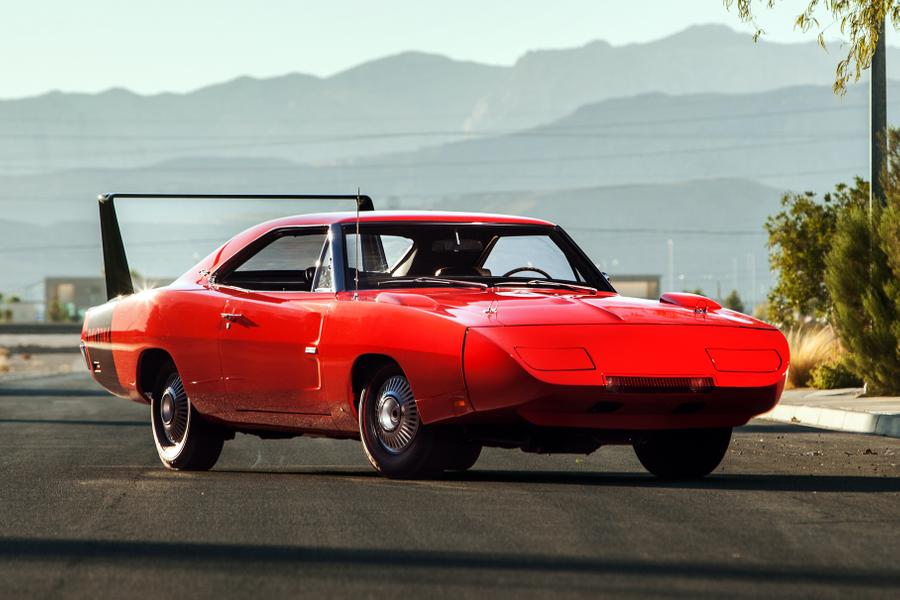
The Charger Daytona owes its appearance to the confrontation between Dodge and Ford in NASCAR of the late sixties. The series of victories of the “sisters” Dodge Charger and Plymouth Belvedere was interrupted by a more streamlined Ford Torino Talladega, and Dodge began to think about how to regain the advantage. Tilting the rear window and moving the radiator grill, as was done on the Dodge Charger 500, was not enough. Then the brand decided on one of the most daring adventures in its history, having hung a 45-centimeter fairing on the Charger and fitted the stern of the oil car with an almost meter-long wing. Do you remember the words of Enzo Ferrari “aerodynamics is for those who cannot build powerful motors”? Dodge has combined these two factors and has paid off. With a 620 horsepower racing engine, the Charger Daytona could accelerate to 391 kilometers per hour, which paved the way for the podium.
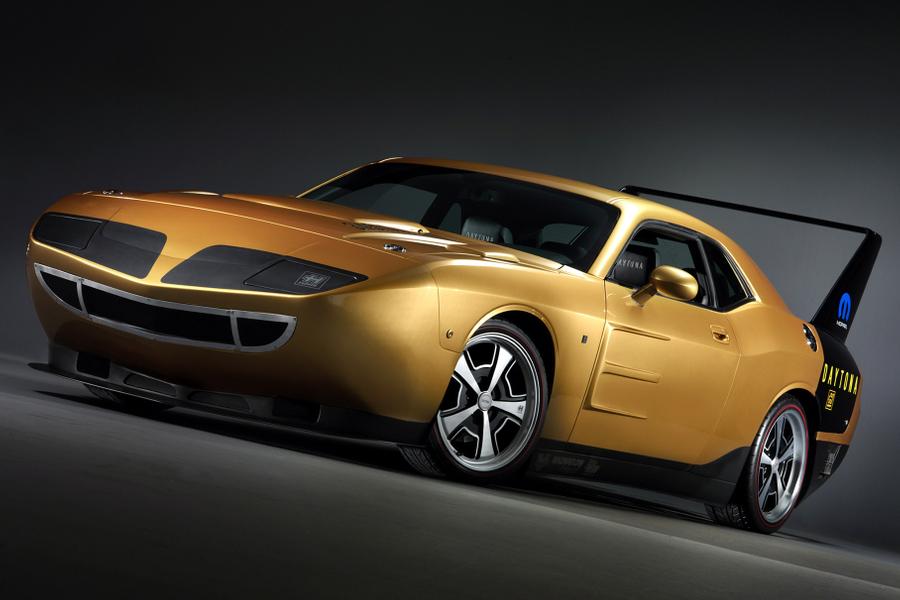
But what do we have now? The Charger is no longer a large coupe, but a full-fledged sedan, and NASCAR is dominated by racing prototypes, which have in common with production cars, except perhaps stickers with emblems on the body. Therefore, to build the revived Daytona, Heide Performance Products took not the Charger, but the Challenger. The recipe is still the same: a “beak” in the front and a grotesque rear wing. In this case, HPP can be ordered as a “basic” set, which includes only external elements, and “full stuffing” with a compressor, new seats, modified suspension and 20-inch wheels. The power was brought to 525 horsepower, and the price together with the donor Challenger is 100 thousand dollars.



